Patient information leaflets
We have created a range of leaflets on topics relating to blood transfusion, as well as some of its alternatives and information for children.
These are designed to inform patients and support your shared decision making conversations in clinical practice.
You can find each leaflet in a range of accessible formats by clicking the links below. These include digital versions, print-friendly documents and more.
Please use this poster to promote awareness of these leaflets: Patient information leaflets poster (PDF 399KB)
Leaflets under review
We are aware the following leaflets have passed their validity dates, or have a validity date which is expiring soon:
- Iron in your diet
- Receiving a blood transfusion
- Information for patients with sickle cell disease who may need a blood transfusion
We would appreciate your feedback on these leaflets and invite you to send any recommendations for amendments to pbm.team@nhsbt.nhs.uk. We will provide an update once the review is complete.
Please note, the content of the current leaflets is valid and appropriate for use.
Patient information app
SHOT has developed the My Transfusion app, the UK's first patient information app, co-created with patients for patients.
A promotional pack is available to healthcare professionals to help sharing information and increase awareness. This includes leaflets, screensaver, summary video and instructions on how to download the app or access the web-based version. For more information, visit the SHOT website.
Note for patients
The leaflets on this page are created by healthcare professionals, but they do not replace the guidance provided by the clinical team treating you.
If you are unsure about any aspects of your treatment or care, ask the clinical team to explain.
You can find more information on transfusion, including some of the risks, here:
Leaflets about alternatives to blood transfusion

Anaemia
This leaflet explains what anaemia is, the symptoms, the different types, and how it can be treated.
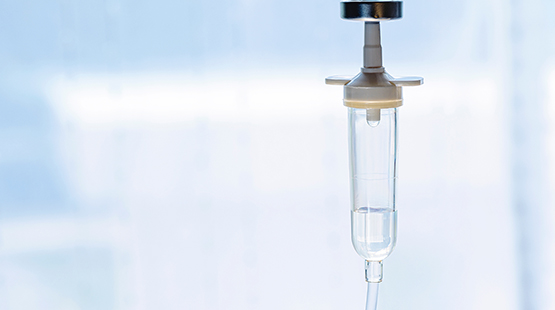
Cell salvage
Cell salvage is a way of collecting the blood that is lost during, or just after your operation, so that it can be given back to you.

Iron in your diet
This leaflet explains the importance of iron and which foods are iron-rich.
Leaflets about receiving a blood transfusion
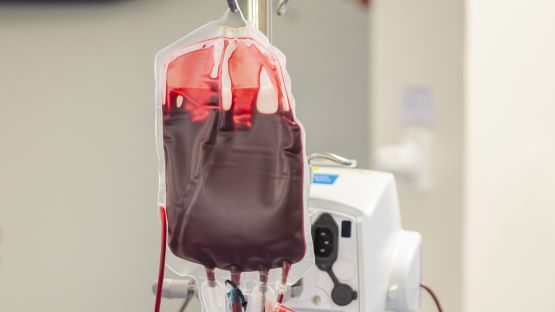
Receiving a blood transfusion
This leaflet includes the information you need to make an informed decision about whether or not to consent to a blood transfusion.
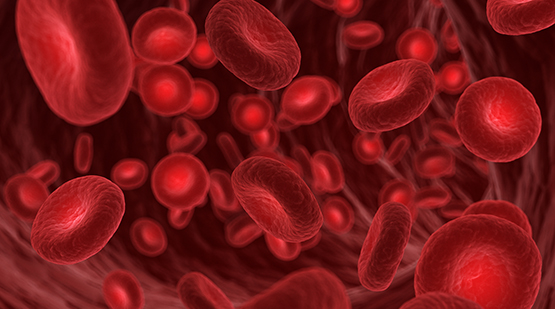
Unexpected blood transfusion
Important information for people who have received an unexpected blood transfusion. This leaflet provides supplementary information and should be used alongside the ‘Receiving a Blood Transfusion’ leaflet.
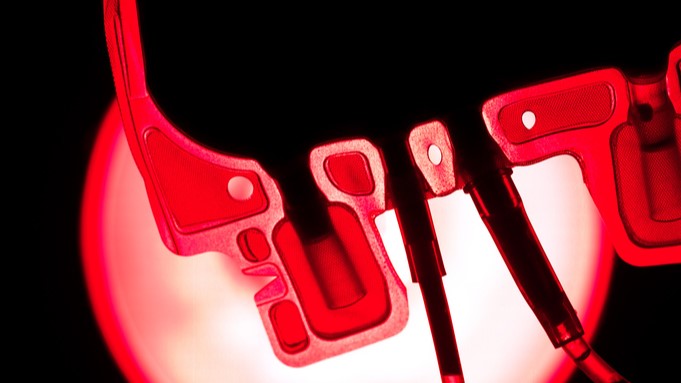
Information for people who need irradiated blood components
This leaflet provides important information about irradiated blood components and gives the reasons why a patient may need them.
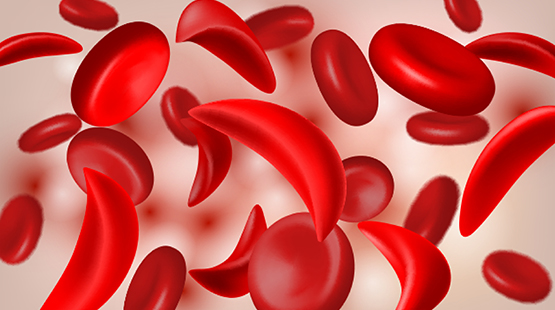
Information for people with sickle cell disease who may need a blood transfusion
This leaflet explains how and why blood transfusions may be used in people with sickle cell disease.
Leaflets relating to pregnancy

Receiving anti-D immunoglobulin in pregnancy
This leaflet explains the importance of blood group D and antibodies in pregnancy. This information and advice can help prevent Haemolytic Disease of the Fetus and Newborn (HDFN), which can cause harm or even death to an unborn or newborn baby.
Leaflets for children
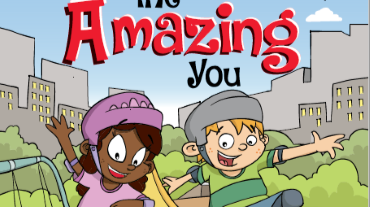
Picture book: Amazing you
This picture book style leaflet explains to young children about blood, red cells, white cells and platelets.
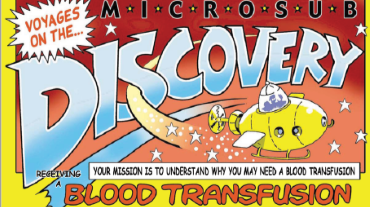
Comic: Voyages on the microsub discovery
This comic is aimed at older children and explains why a blood transfusion may be needed.
Share your feedback
If you have any questions or suggestions about the resources on this page, please email the Patient Blood Management team.
Contact us at: pbm.team@nhsbt.nhs.uk.
Page last reviewed: 10 February 2025
